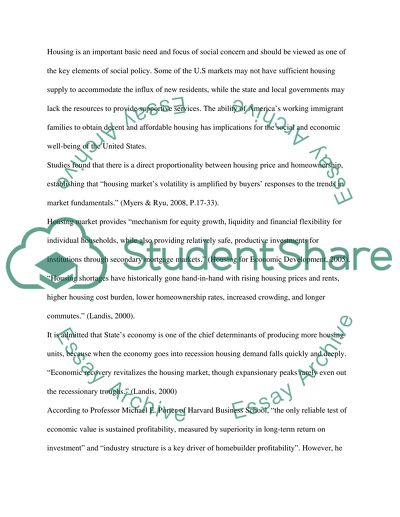Cite this document
(“Home Building Industry in the United States Essay”, n.d.)
Retrieved from https://studentshare.org/miscellaneous/1514045-home-building-industry-in-the-united-states
Retrieved from https://studentshare.org/miscellaneous/1514045-home-building-industry-in-the-united-states
(Home Building Industry in the United States Essay)
https://studentshare.org/miscellaneous/1514045-home-building-industry-in-the-united-states.
https://studentshare.org/miscellaneous/1514045-home-building-industry-in-the-united-states.
“Home Building Industry in the United States Essay”, n.d. https://studentshare.org/miscellaneous/1514045-home-building-industry-in-the-united-states.


